Environmental Activities (E)
The GLP Group's fundamental approach to facility design and operational processes is energy-saving. We strive to improve energy efficiency in both existing facilities and new facility developments. In accordance with the above policy, GLP J-REIT actively owns environmentally friendly buildings and introduces eco-friendly equipment, as well as develops rules for checking sustainability and environment protection items in the due diligence process when considering the purchase of a property. Thus, it takes utmost care in that its asset management operations pay consideration to the sustainability of society and environmental protection. At the facilities it operates, GLP J-REIT sets numerical targets and monitors the amount of energy and water used within the facility as well as the amount of waste. Furthermore, GLP J-REIT not only strives to save energy and reduce waste in common areas but also shares information on the amount of energy used and waste with tenant companies in an effort to reduce environmental load together with tenant companies by issuing an energy-saving guidebook according to energy use and recommending to stop idling engines within facility premises.
- Initiatives towards Climate Change
- Initiatives in water resources
- Initiatives in waste management
- Biodiversity
- Environmental considerations through collaboration with tenants and property managers
- Urban Development
- Pollution prevention
Initiatives towards Climate Change
We recognize that climate change is a material global issue and medium-to long-term risk. GLP J-REIT is working on mitigation of climate change together with GLP Japan Advisors Inc., the asset manager of GLP J-REIT, by reducing greenhouse gas emissions and adaptation of climate change for creating opportunities to achieve carbon neutrality by 2050 which is committed by GLP group.
Expression of Support for TCFD Recommendations
In August 2021, GLP Japan Advisors Inc., the asset manager, has signed off as a supporter of the Task Force on Climate-related Financial Disclosures (TCFD) , a body established by the Financial Stability Board, and participated in the TCFD Consortium, a group of domestic companies that support TCFD recommendations.
The TCFD released a final recommendation report to encourage voluntary, consistent climate-related financial risk disclosures for use by companies in providing information to investors, lenders, insurers, and other stakeholders.
The TCFD Consortium is an organization that was established with a view to encouraging concerted efforts by companies and financial institutions that support the TCFD and discussion of effective corporate disclosure and initiatives that link disclosed information to appropriate investment decisions on the part of financial institutions and other organizations.

Governance
For information regarding the implementation structures relating to ESG (here and hereafter, including responses to climate change) of GLP Japan Advisors Inc., the asset manager, refer to the “ESG Policy / ESG Promotion Structure” page.
Strategy
GLP J-REIT took into consideration the following multiple scenarios in order to identify risks and opportunities relating to climate change risks that will affect it and to investigate the effects of these risks on its business.
Scenario analysis
- 1.5/2 °C scenario (significant impact from regulations)
A scenario in which laws and regulations are tightened to control climate change - 4°C scenario (great impact of climate change)
A scenario in which natural disasters grow serious because of delays in addressing climate change
Identify risks and opportunities
| Category | Risk and Opportunity Factors | Financial Impacts | Type |
|---|---|---|---|
| Transition Risks | |||
| Policy | Strengthening of energy conservation standards for buildings, reduction of the cost of energy creation and energy conservation through the evolution of technology | Accrual of retrofit costs to improve environmental performance | Risk |
| Reduction of water and utility costs through improved environmental performance | Opportunity | ||
| Introduction of carbon taxes, introduction of emissions trading systems | Increase in operating costs due to introduction of carbon tax, etc. | Risk | |
| Disclosure systems relating to building energy efficiency assessments expanded and made mandatory | Accrual of costs for acquisition of environmental certification, etc. | Risk | |
| Market | Changes in the stance of investors and lenders due to growing ESG awareness | Increase in investment opportunities by ESG-conscious investors, lower financing costs through ESG financing | Opportunity |
| Increase in companies that seek carbon neutrality | Higher occupancy rates at energy-generating and energy-conserving buildings | Opportunity | |
| Reputation | Tenants' selection of properties with emphasis on environmental performance | ||
| Tenants’ selection of properties with BCP-oriented | Lower occupancy rates at buildings with high disaster risks | Risk | |
| Physical Risks | |||
| Acute | Increases in intense rain, storms and flooding, landslides, and high tides | Loss of business opportunities due to damage to buildings, increase in repair costs and insurance premiums | Risk |
| Chronic | Climate change, such as rising temperatures and sea level rise | ||
Risk Management
The risk management systems relating to sustainability of the asset management company to which GLP J-REIT has entrusted operation of its assets are as set forth below.
At the time of investment decision
When making new investments in assets under management, we conduct sustainability-focused due diligence to verify sustainability-related risks, including climate change risks, and make investment decisions at the Investment Committee after discussions at the ESG Committee.
During operation
The ESG Committee performs management and monitoring of overall risks relating to sustainability including climate change risks. Specifically, we monitor the environmental performance of the properties GLP J-REIT owns, manage progress toward various targets (see “Metrics and Targets" below for details), and consider necessary measures based on these as appropriate.
Metrics & Targets
Environmental Certification
- Goal (KPI)
- Aim for 90% of total floor area to obtain environmental certification by 2025
Green lease
- Goal (KPI)
- Include a green lease clause for all new contracts to be concluded in the future, and include a green lease clause for all contracts including existing contracts by the end of 2023.
-LED Lightning
- Goal (KPI)
- Transition to 100% LED lighting in all common areas of the portfolio by FY2022
Green Energy
- Goal (KPI)
- Transition to 100% green electricity in all common areas of the portfolio by FY2025
Environmental Performance
- Goal (KPI)
- 100% data coverage for properties with management authority by 2021
Initiatives in renewable energy
GLP J-REIT uses renewable energy by installing solar panels and wind power generation facilities.
Solar power generation facilities
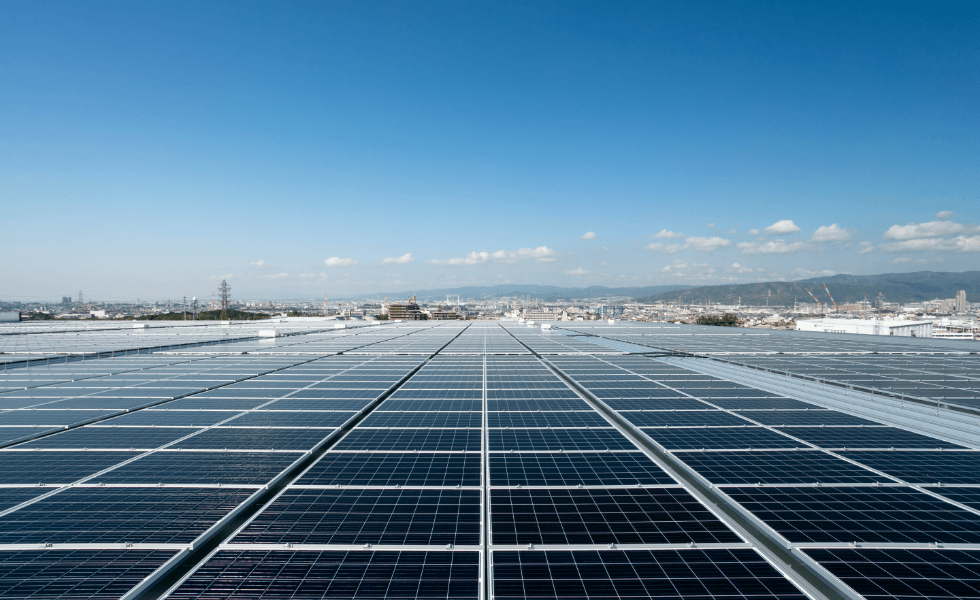
Wind power generation
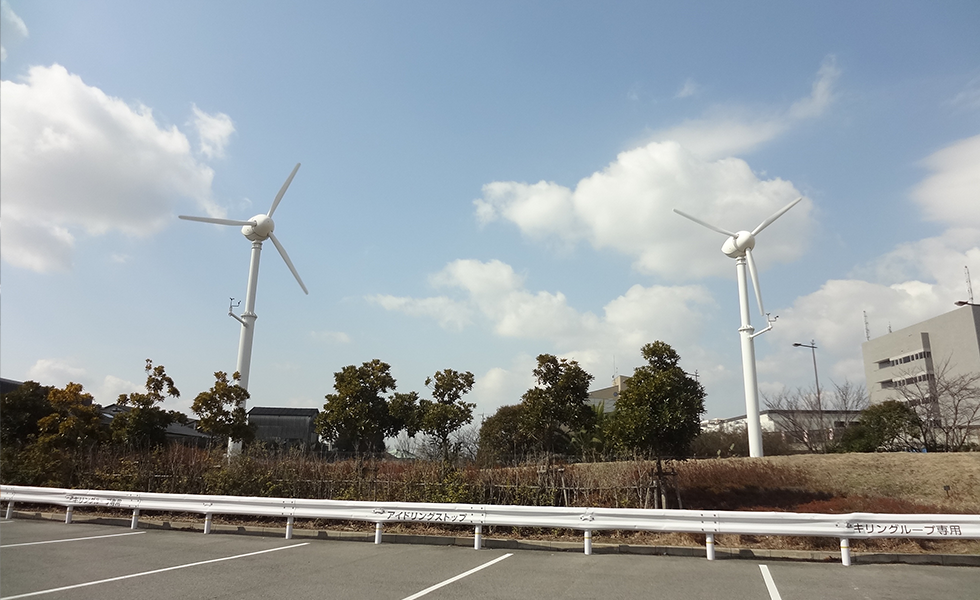
Initiatives in energy-saving
GLP J-REIT strives to reduce the use of energy within its logistics facilities by adopting LED lighting and human-presence sensors in its facilities and segmenting light switching in the warehouse areas.
LED lighting
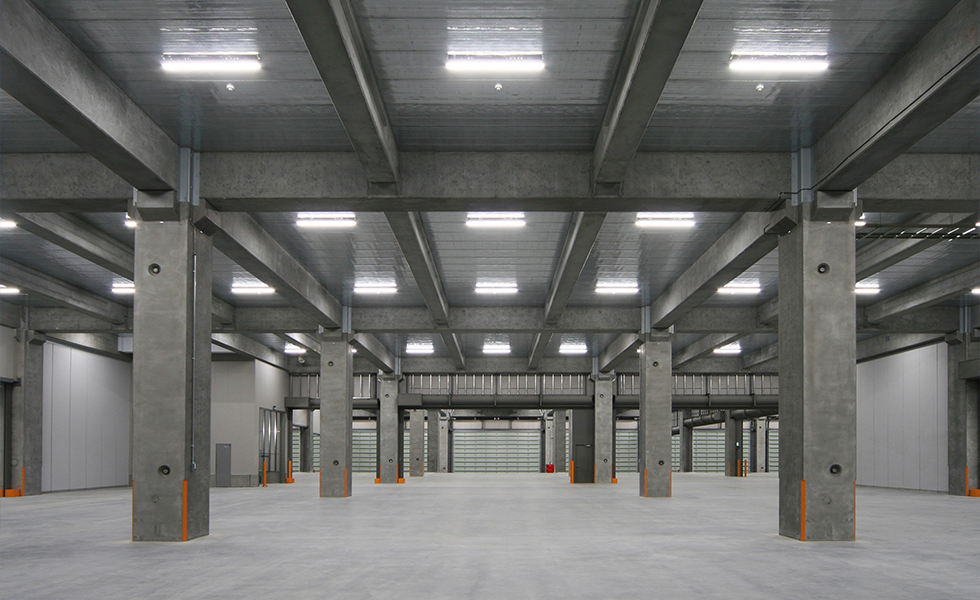
Human-presence sensors
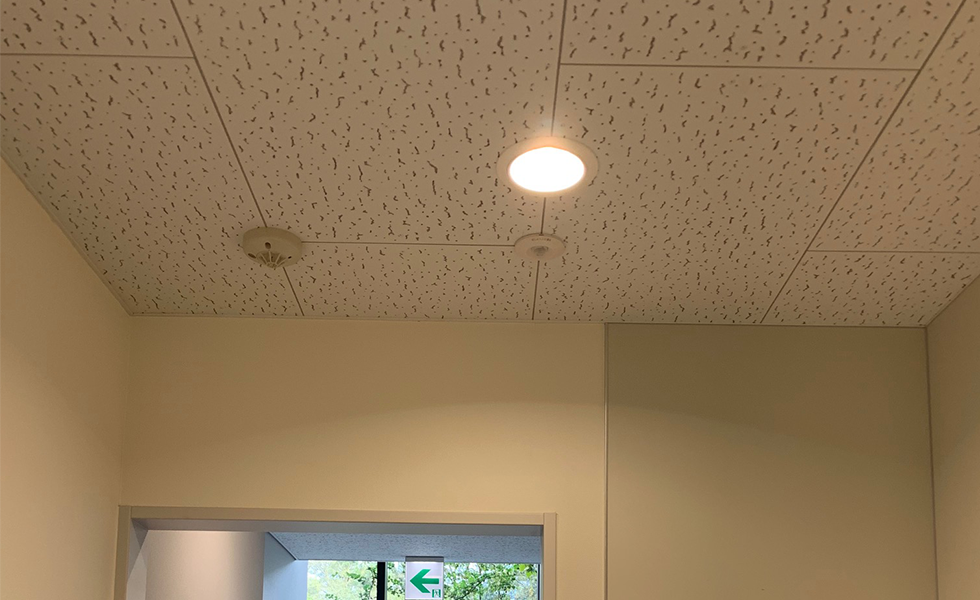
GLP J-REIT also improves energy efficiency within buildings by promoting energy-saving through updates of air-conditioning equipment at facilities and adopting heat-insulating panels on the exterior walls of the facilities that improve heat insulation performance.
Updating air-conditioning equipment
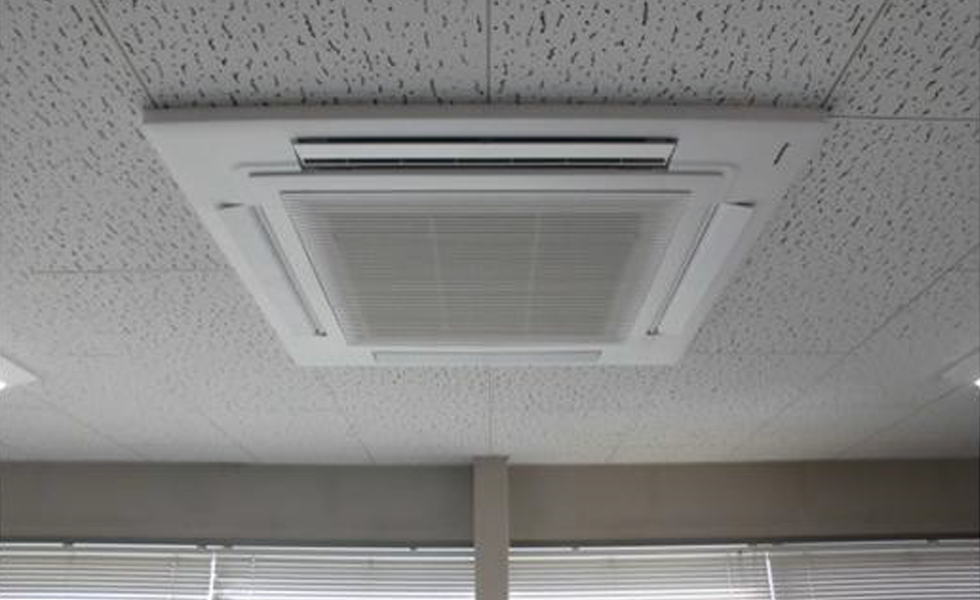
Heat-insulating panels

Promoting the acquisition of energy-saving examinations
The BELS (Building Energy-efficiency Labeling System) assessment is a system whereby a third party evaluates the performance of buildings based on the primary energy consumption as defined in the Act on the Rational Use of Energy, regardless of whether a building is new or not, and this is expected to promote further improvements in the energy conservation performance of buildings.
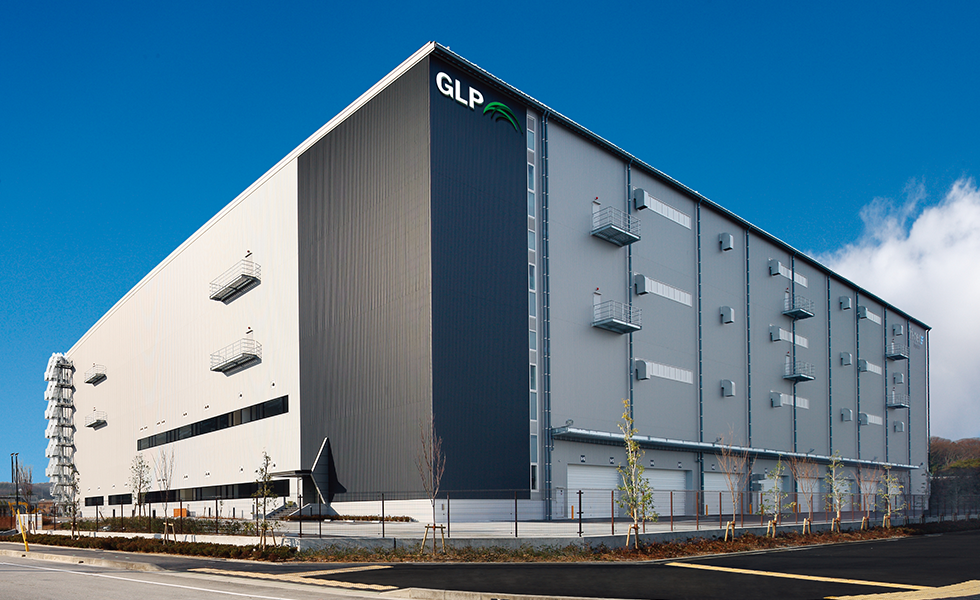
GLP Kobe-Nishi
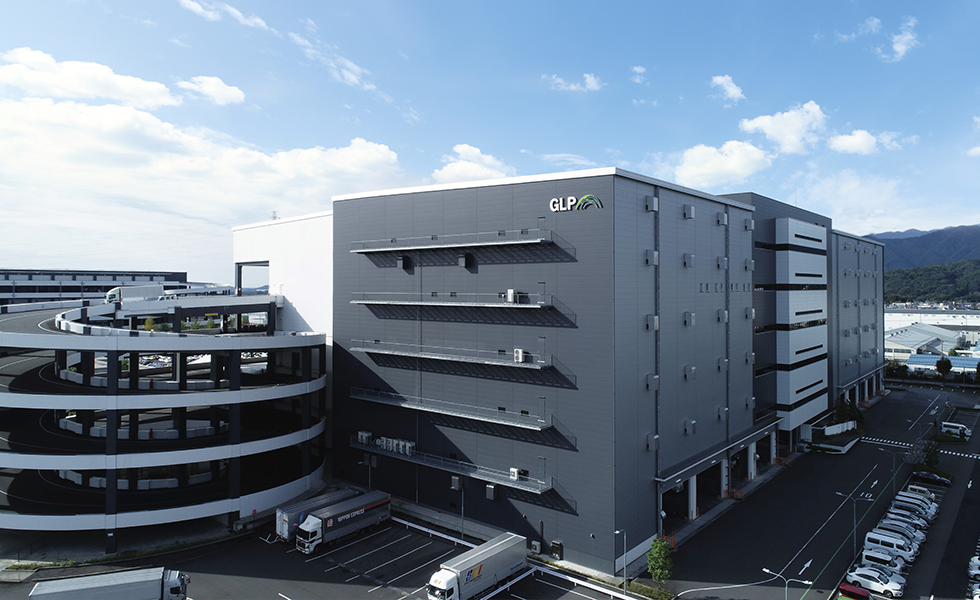
GLP Atsugi II
Initiatives in water resources
GLP J-REIT makes efforts to save water by updating toilet equipment when tenants move in or leave, and by using rainwater and well water.
Water-saving by updating toilet equipment
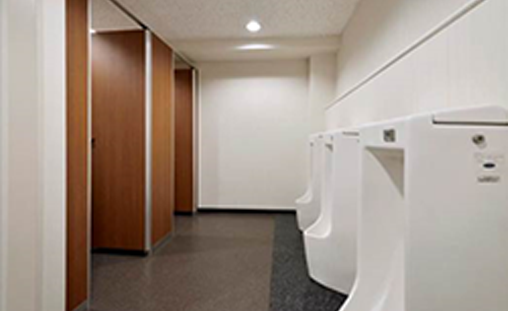
Installation of water-saving devices.
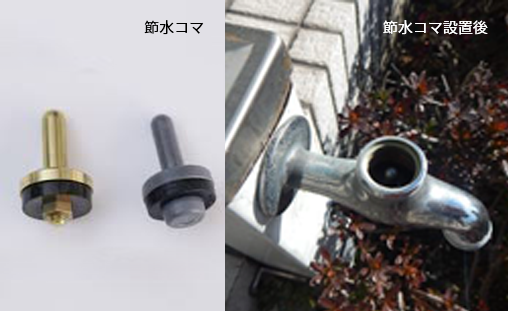
By installing water-saving devices, the amount of water that comes out of the faucet when the tap is twisted can be reduced.
Water-saving by using well water and rainwater
In an effort to save water, well water and rainwater are used to drain toilets as well as to water the plants in the facility.
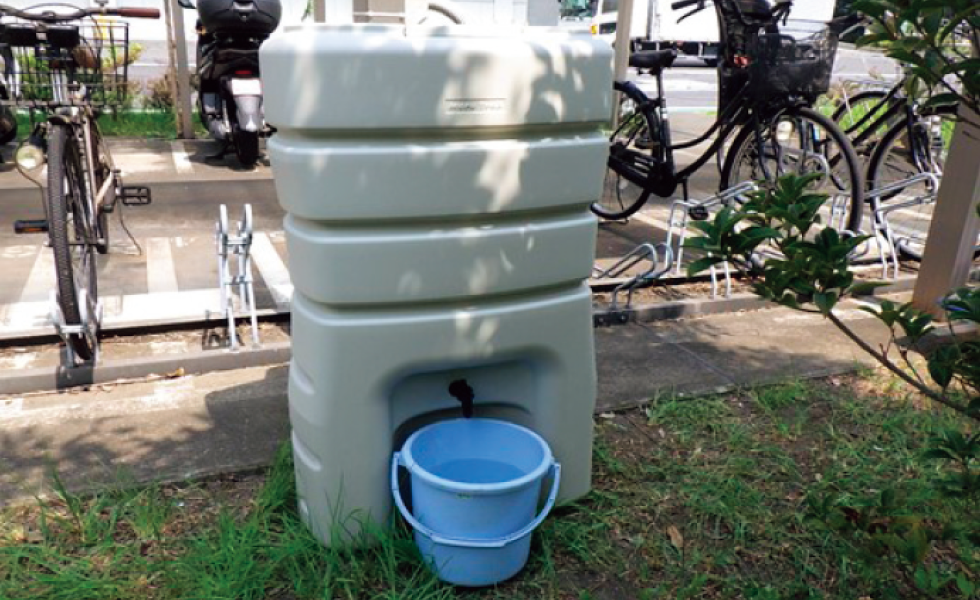
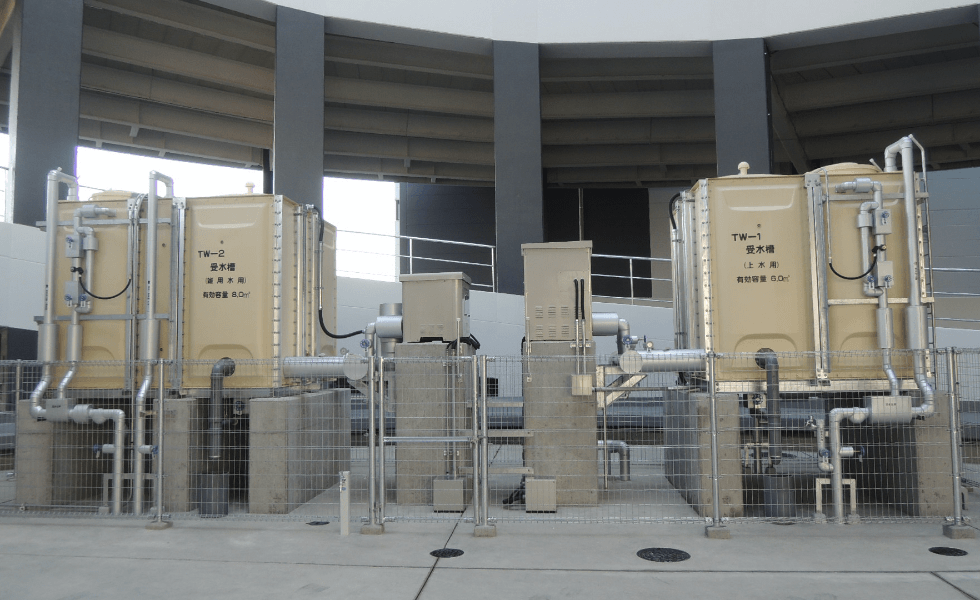
Initiatives in waste management
Formed a business alliance with Hyperion, the operator of the second-hand logistics equipment purchase site "Matebank," and sold cheaply when moving in (purchase price 5-10% OFF) and expensive purchase when moving out (purchase price 5-10% UP). Realized. We support the cost reduction associated with the relocation and move-out of residents.
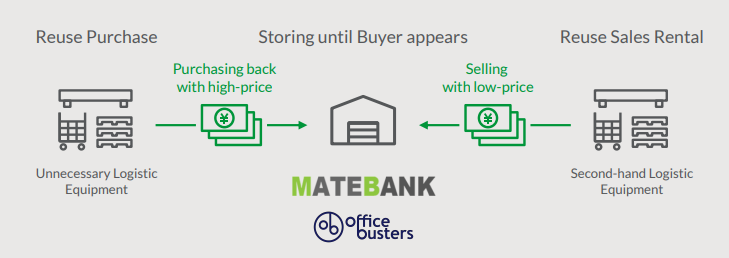
Biodiversity
GLP J-REIT recognizes the importance of the various benefits that ecosystems bring about and works to preserve them by planting trees in our facilities.
Planting trees
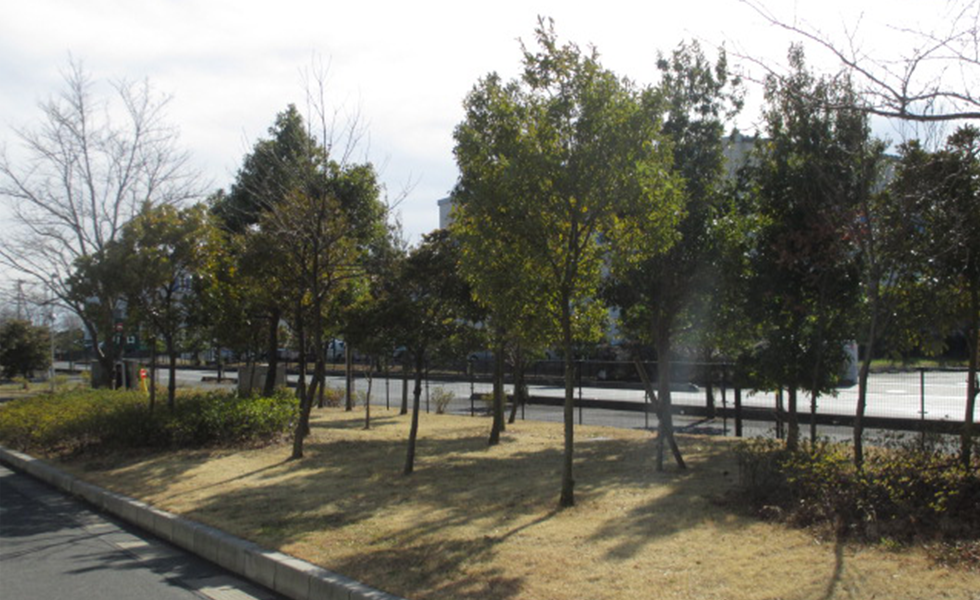
Environmental considerations through collaboration with tenants and property managers
At the facilities it operates, GLP J-REIT sets numerical targets and monitors the amount of energy used within the facility. Furthermore, it not only strives to save energy and reduce waste in the common areas but also makes efforts to reduce environmental load together with tenant companies through initiatives such as issuing an energy-saving guidebook according to the use of energy by the tenants.
Energy-saving guidebook
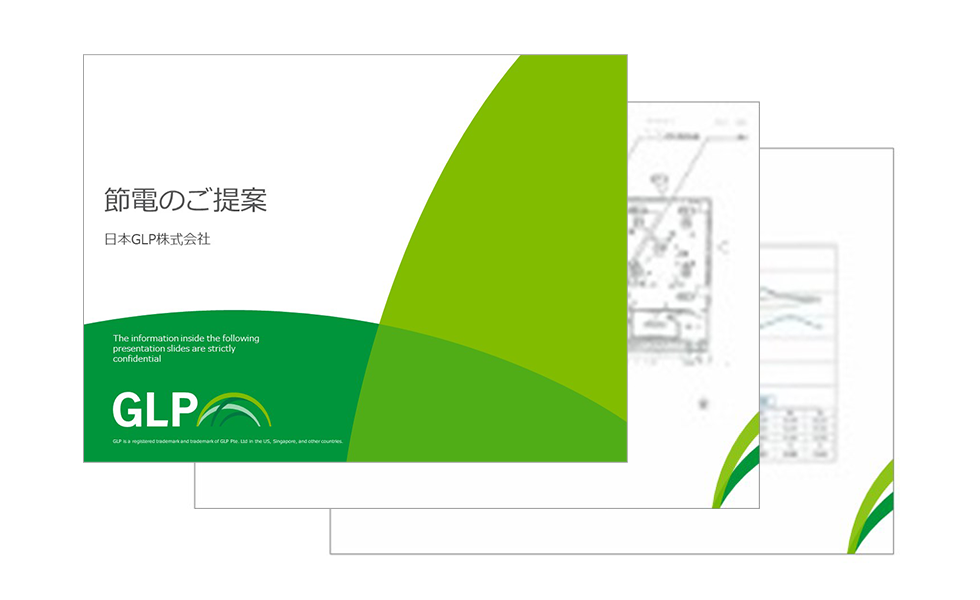
Trash separation
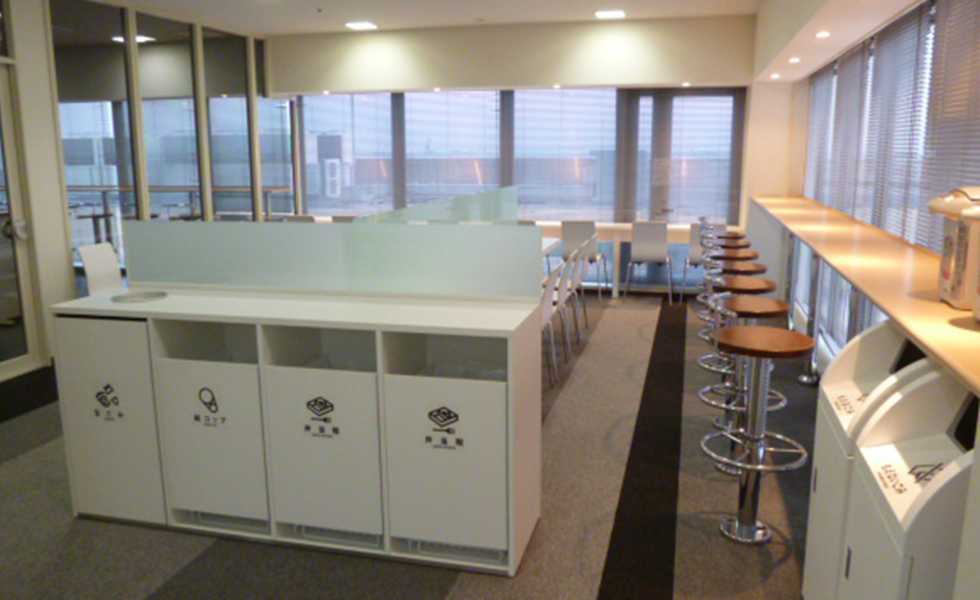
Promoting ESG through cooperation with tenants (GLP Shinkiba)
At GLP Shinkiba, a dedicated facility for DHL Japan, GLP and DHL Japan renewed the lease, and through close collaboration between the two parties, both were able to contribute to sustainable environmental and social development. Specifically, GLP Japan installed solar panels and supported the installation of LED lighting, which contributes to DHL's global carbon neutrality initiatives and also enables DHL Japan to reduce its electricity costs. In addition, the proposal to switch facility management to GLP Japan will enable more efficient facility operations and reduce facility operating costs by leveraging GLP Japan's nationwide network and expertise.
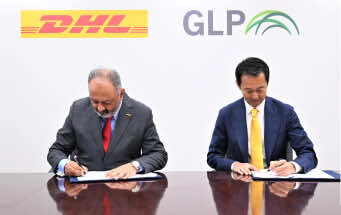
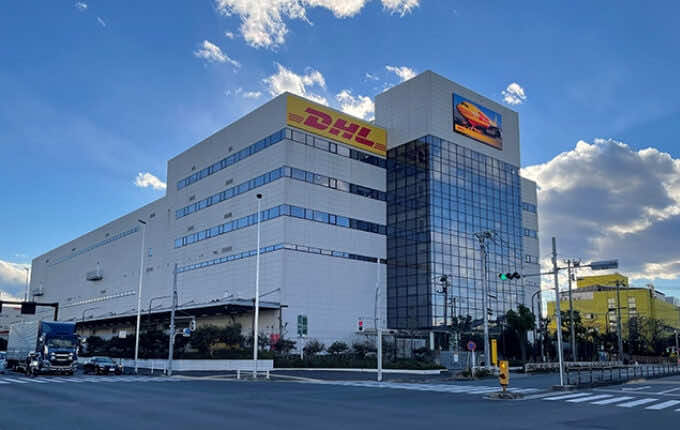
GLP Shinkiba
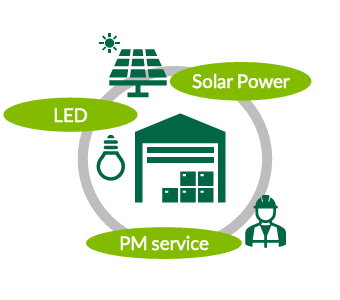
Green lease
GLP J-REIT includes green lease clauses in standard lease contracts with tenants to reduce energy and water consumption, waste, and to collaborate in acquiring green building certification.
In addition, we carry out renovations to improve environmental performance in cooperation with tenants. We have been improving environmental performance and reducing running costs of properties through installation of LED lighting, air conditioning upgrades, and other works.
Environmental considerations through collaboration with tenants and property managers
In cooperation with tenants, facility managers (FM), and property managers (PM), GLP J-REIT is working proactively to reduce environmental load in our portfolio. Specifically, in addition to promoting the visualization of electricity consumption by sending meter data to our tenants, we are holding regular meetings with tenants and FM/PM and encouraging them to reduce engine idling and to save water and electricity etc.
Holding regular meetings with tenant and FM/PM
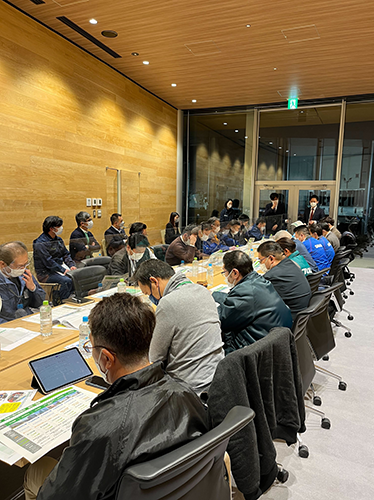
Consideration for the environment and regional revitalization in urban development
GLP Group develops facilities that are environmentally friendly and contribute to the regional revitalization.
Reduce environmental load through redevelopment
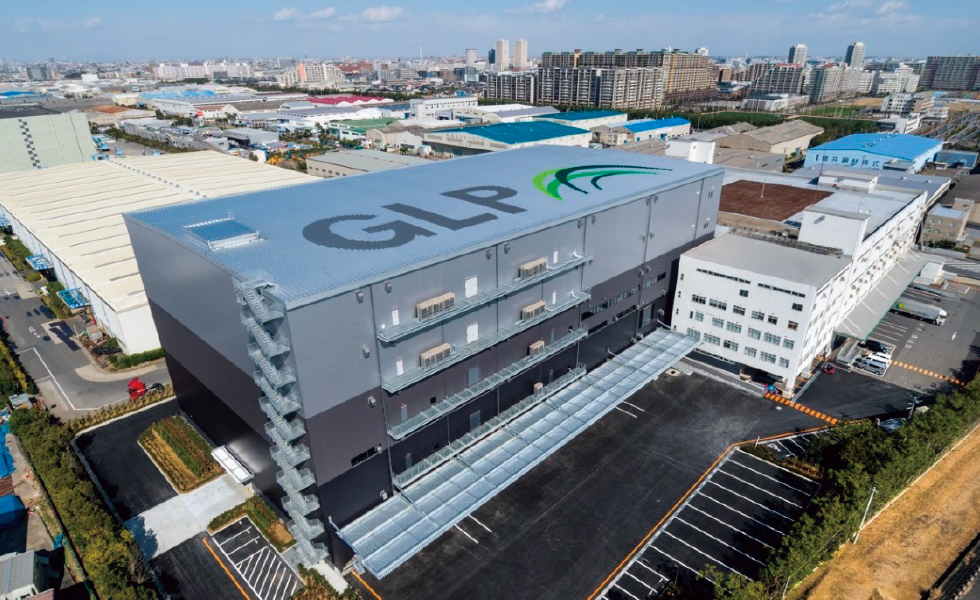
GLP Urayasu II
- Rebuilt and redeveloped an existing facility (B building) at GLP Urayasu II by GLP Group
- Upon redevelopment, the building acquired Rank A certification from CASBEE for Real Estate as it was able to reduce electricity use by installing LED lighting throughout the entire newly developed building and through large ceiling fans in air-conditioned areas
Consideration for the regional revitalization in urban development
The Group contributes to the revitalization of local economies and communities through the development of logistics facilities. For example, GLP ALFALINK Sagamihara is one of the largest logistics facility development projects in Japan, consisting of four logistics facilities and one common-area building on a vacant factory site in Sagamihara City, located in Greater Tokyo Area. Through the development, the project has generated various benefits for the region, including the creation of approximately 5,000 new jobs.
Before the development
(vacant factory)
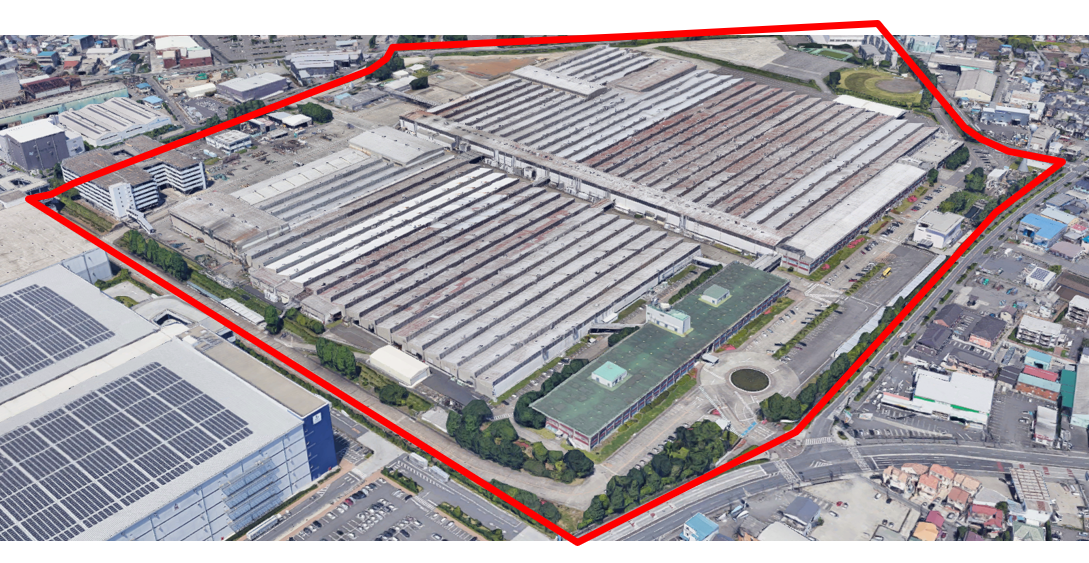
After the development
(4 logistics facilities、1 common area building)
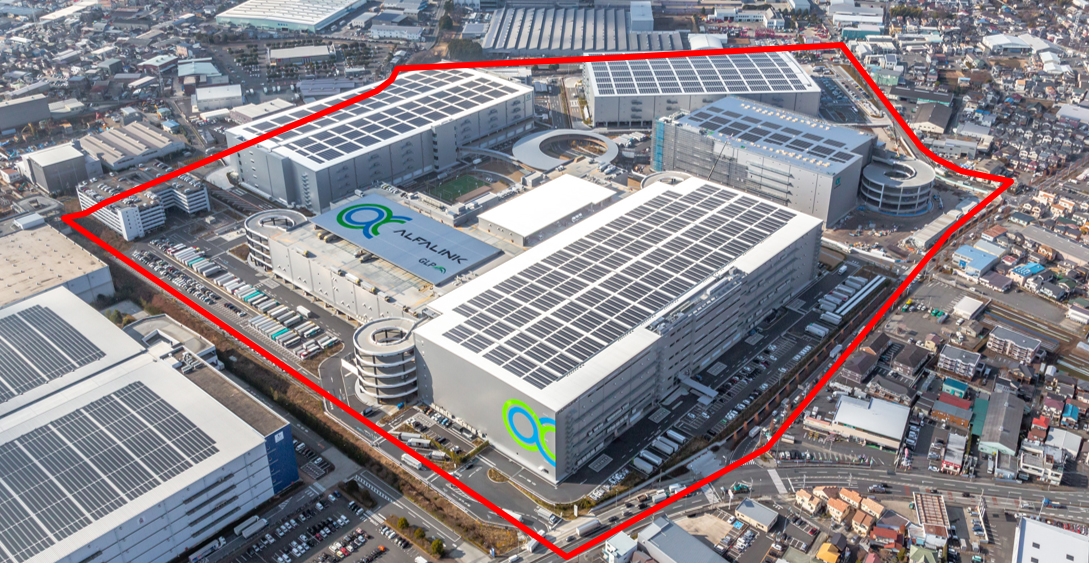
In developing the facility, we have created a comfortable working environment for the workers at the facilities, and GLP ALFALINK Sagamihara is the first ever logistics-related facility in Japan to receive WELL certification.
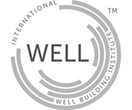
In addition, based on the concept of creating a logistics facility that is open not only to those who work at the facility, but also to the local community, cafeteria/restaurant in the facility is open to local residents, and a convenience store and café have been built inside the facilities. Furthermore, the facility hosts about 40 community events per year, attracting more than 10,000 visitors, which also helps to revitalize the local community.
cafeteria/restaurant open to local residents
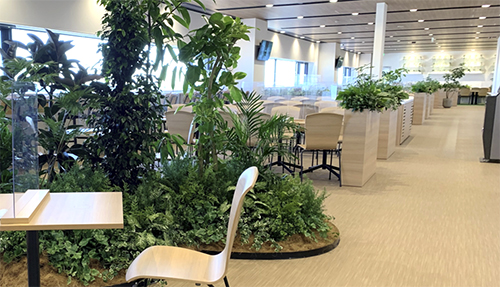
Plaza and common building in ALFALINK Sagamihara
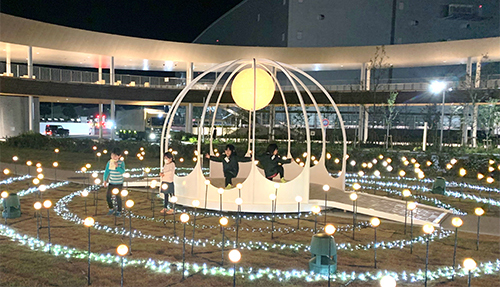
Examples of community events

Pollution prevention
When acquiring real-estate-related assets, etc., as a rule, experts conduct an environmental contamination survey prior to the conclusion of a purchase agreement, and the survey results will be evaluated and considered in accordance with the following “soil survey chart” based on the Asset Management Guidelines. Moreover, as a rule, our investment targets will be properties that are appropriately treated for soil contamination, etc., in accordance with the Soil Contamination Countermeasures Act (Act No. 53, 2002), other related environmental laws, and municipal ordinances or guidance.
In addition, GLP Group, including GLP J-REIT, conducts its own ESG due diligence when acquiring land, properties, etc., and checks in advance the impact on the environment and the community.
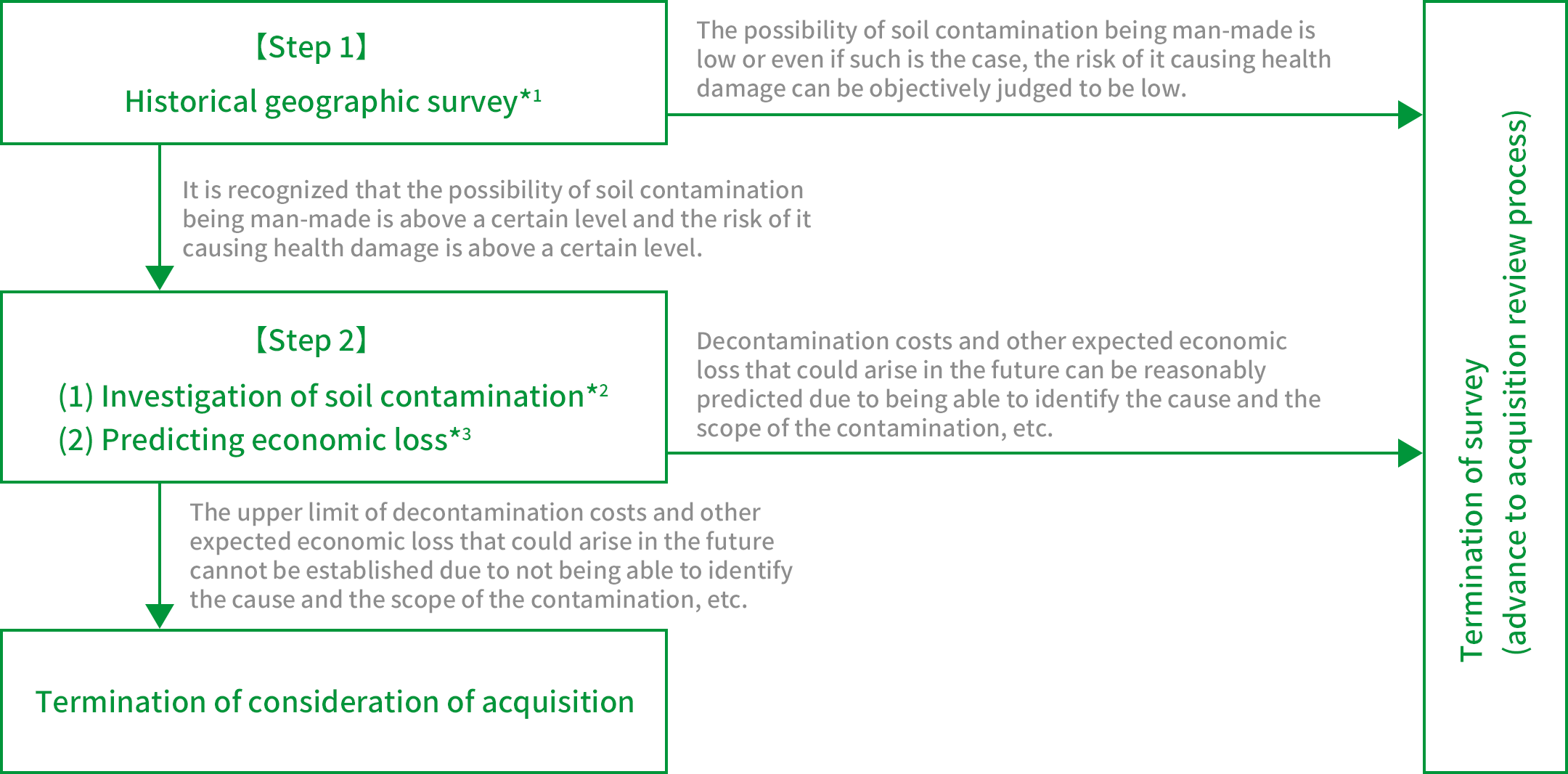
- After surveying the overview of the land-use history, surrounding environment, etc. and obtaining experts’ opinions on possible soil contamination and risk of it causing health damage when contamination is likely.
- Based on the Soil Contamination Countermeasures Act and other related environment-related laws as well as ordinances or directions of local governments, identify the type of pollutants and the scope of contamination to the extent possible by holding talks with the seller, experts, etc. and carrying out subsurface soil investigation to confirm the contamination status.
- Based on the results of soil contamination investigation mentioned in *2, estimate decontamination costs and other expected economic loss that could arise in the future to the extent possible by holding talks with experts, etc.
Soil remediation in redevelopment on contaminated sites
the Group conducts soil contamination surveys prior to the land purchase stage and does not normally find any contamination. In the exceptional case where soil contamination is found on a development site, the Group takes measures to remediate the soil and prevent the spread of contamination before developing the property. For example, in the development of logistics facilities on a former factory site in the Tokyo metropolitan area, minor contamination was found in some areas, and after identifying the extent of contamination, measures were taken such as replacing the soil with healthy soil. In such measures, we take measures to prevent soil contamination, such as installing water barriers as necessary to prevent the spread of contaminated soil outside the site.
Identification of the contamination
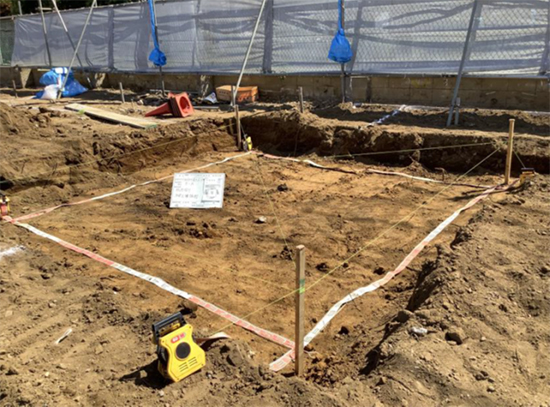
Replacement with healthy soil
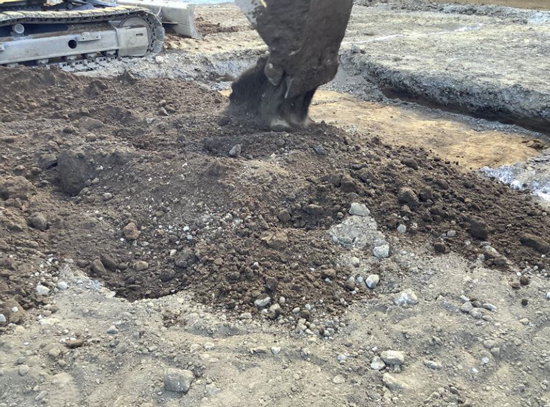
Environmental considerations for development in undeveloped areas (green fields)
When developing logistics facilities in undeveloped areas, it is necessary to consider environmental impact of the development more carefully. GLP Group careful identifies risks through unique ESG-focused due diligence. Additionally, we have a policy of obtaining green building certifications to reduce the impact on the environment.